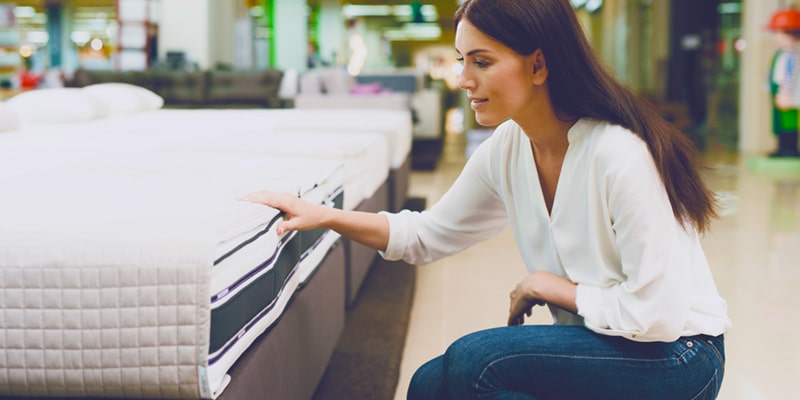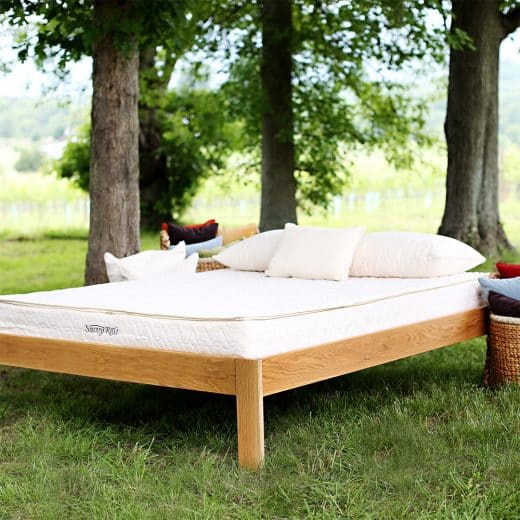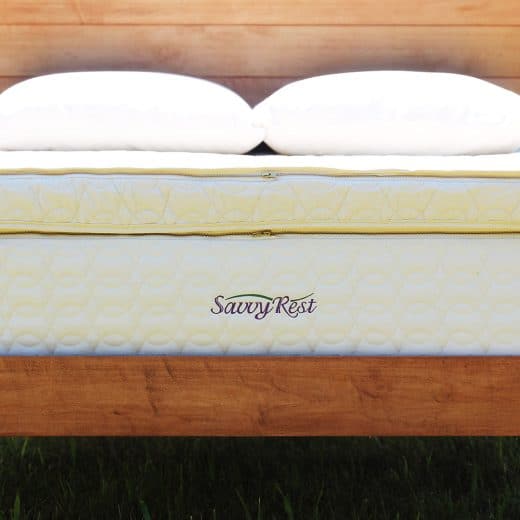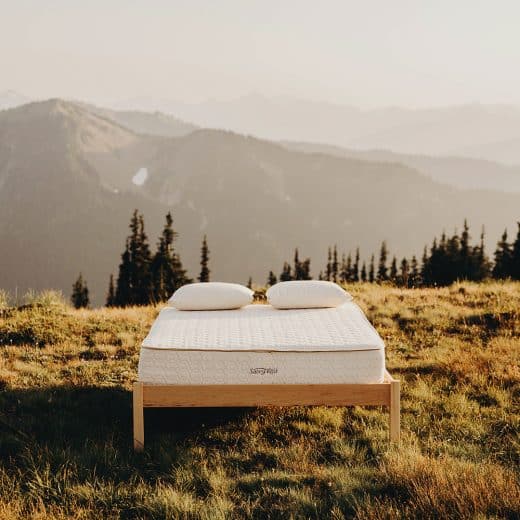Does Organic Memory Foam Actually Exist?
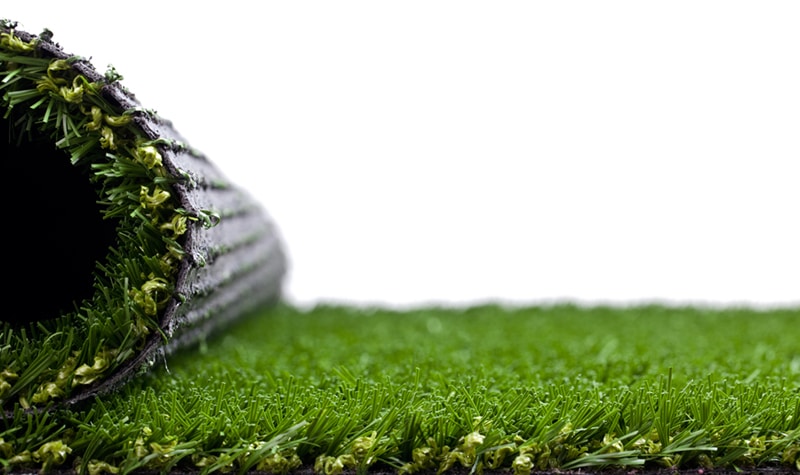
Greenwashing
Is Memory Foam Safe?
There are health risks associated with carcinogens off-gassing from some memory foams. One of those carcinogens is benzene. According to the American Cancer Society, benzene is one of the most commonly used chemicals in the United States, despite its harmful effects. Research and lab studies have proven that benzene can cause cancer.
The International Agency for Research on Cancer classifies benzene as “carcinogenic to humans” because of strong evidence pointing to a correlation between benzene and cancers such as acute lymphocytic leukemia and non-Hodgkin lymphoma.
Benzene isn’t the only harmful chemical lingering in some memory foam mattresses. Naphthalene is also on the list and is mainly known as a moth repellent, which doesn’t sound super warm and cozy.
When you smell a strong, chemical odor as you sleep on memory foam, you’re inhaling toxic volatile organic compounds (VOC’s). Though the smell may dissipate over time, that doesn’t mean you’re not still left with potential health consequences down the road.
Does Memory Foam Sleep Cool?
Memory foam is actually known for causing people to “sleep hot.” Why?
Memory foam traps body heat. It is a chemical reaction that makes memory foam move with you as you adjust your sleeping position. So, what makes memory foam so comfortable is in a way what makes it uncomfortable. It’s a double-edged sword.
While you could purchase a gel-infused memory foam mattress that is marketed as a “cooler sleep,” this isn’t the most natural route, and some still find that they’re hot and uncomfortable.
When researching how to cool down a memory foam mattress, I found some odd answers. The general solution was to cover the mattress, whether with a mattress encasement or a topper.
What’s the point of sleeping on memory foam if you have to cover it up in order to get a good night’s rest?
If you want to sleep cool, opt for natural latex. Natural latex does not retain body heat like memory foam, so you’ll sleep much more comfortably.
